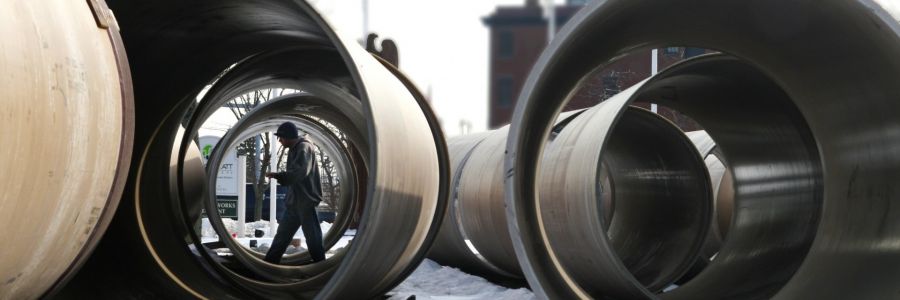Who’s looking after our sewers?

The following article explains the legislative progress that has been made so far for the UK’s private sewer transfer, highlighting the key points and influences along with our predictions regarding the timescales for change; a great read for land owners, developers, planners and in fact anyone that needs to keep up-to-date when it comes to the design and implementation of foul drainage infrastructure.
3rd January 2017 | Shaun Pentlow: Associate Director, Rolton Group
As part of a team of engineers that provide drainage design services for a wide array of projects, we’re always keeping an ear to the ground for any new developments when it comes to improved policies and updated drainage infrastructure standards. The journey of the private sewer transfer is one that we and many others working in the built environment have been following closely, especially in recent years. With a great deal of rules and complications surrounding the ownership (and thus, responsibility for) our drainage networks, we’re all eagerly awaiting a conclusion and the much needed consistency and clear-cut rules that it will bring. However, amidst the post-Brexit uncertainty, are we any closer to the end of the road and the implementation of Sewers for Adoption 7th edition standards and enforcement of section 42 of the Flood and Water Management Act today?
Five years ago we set off down the path of the private sewer transfer. On October 1st 2011 the Water Industry (Schemes for Adoption of Private Sewers) Regulations 2011 became law, meaning the maintenance of private sewers connected to the public sewer network on 1st July 2011 would be the responsibility of the water and sewerage companies. This was excellent news for those of us that had up to that point been responsible for the maintenance of shared drainage systems as the water and sewerage companies would now take over the responsibility (and more importantly the cost). The initial transfer of responsibility was in relation to only sewers which connected to an adoptable drainage system, but also identified that pumping stations would transfer at a later date.
Following the initial legislation made in 2011, an uncertain period followed where new drainage installations could have been constructed to new adoption standards, however Sewers for Adoption 7thEdition, which identified these standards, was not published until almost 18 months later (March 2013).
When Sewers for Adoption 7th Edition was finally published, water and sewerage authorities did not immediately insist on its implementation (other than Welsh Water) – a lack of action which held back the progress that this new set of standards would surely bring. One of the main reasons for this is likely to be the additional resource that the water and sewerage authorities would require to carry out the necessary checks to ensure consistency throughout all schemes in light of the new standards. On one scheme that Rolton Group undertook to these new standards, Anglian Water indicated that what previously would have taken two hours to check took all day!
Following on from the now published but not consistently implemented Sewers for Adoption 7th Edition policy, Section 42 of the Flood and Water management Act, which is the section of legislations that requires all sewers to be adopted, was to be implemented with the introduction of the SuDS (Sustainable Drainage Systems) Approval Body. However, this further promising progress has been delayed with a partial implementation reduced to planning consultation as of April 2015. This requires all new developments to consider SuDS for developments greater than 10 dwellings and these will be commented on by the Lead Local Flood Authority (LLFA).
This has put great onus on LLFA’s to undertake consultations on a significant amount of planning applications and in a timely manner within the planning process. It has taken some time for authorities to get up to speed but the process is now working reasonably well, although it is proving to be a challenge for anyone involved working on multiple projects across different regions as naturally, the various LLFA’s all seem to have different opinions.
The next big step in the private sewer transfer journey came during October 2016, at which point water and sewerage authorities took on the responsibility of private pumping stations. Included within this section of the transfer are pumping stations previously under S104 approvals (prior to July 2011) and connected to an existing adopted sewer. Although there are certain exceptions, the previous owners that knew about this milestone date and were holding off on making those costly improvements have now had the responsibility and the cost burden removed.
So what’s next? At some point Sewers for Adoption 7th edition and section 42 of the Flood and Water Management Act will need to be fully implemented although the timescales for implementation have not been clearly defined. It is likely however, that during the current uncertainty surrounding Brexit and the government’s unwillingness to limit development potential, that these policies will not be implemented during this current government term. The most likely outcome therefore is that the current situation will continue for three years at least, until late 2020 at the earliest.
With the implementation date an uncertain timescale in the future, we continue to monitor the progress of these standards to ensure we are prepared for the major effect they would have on our current design methodology.
Post Categories: